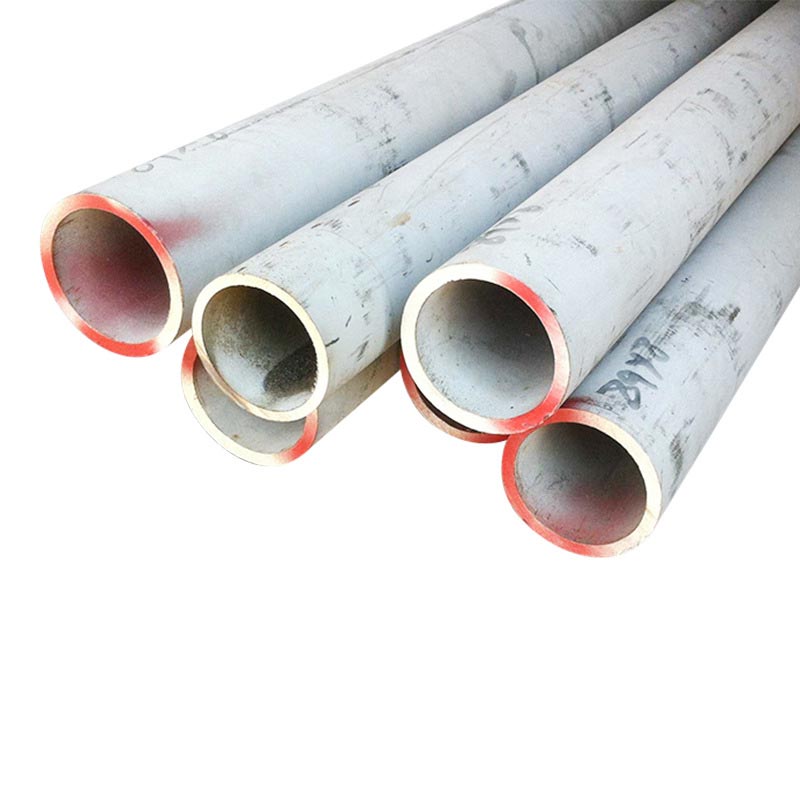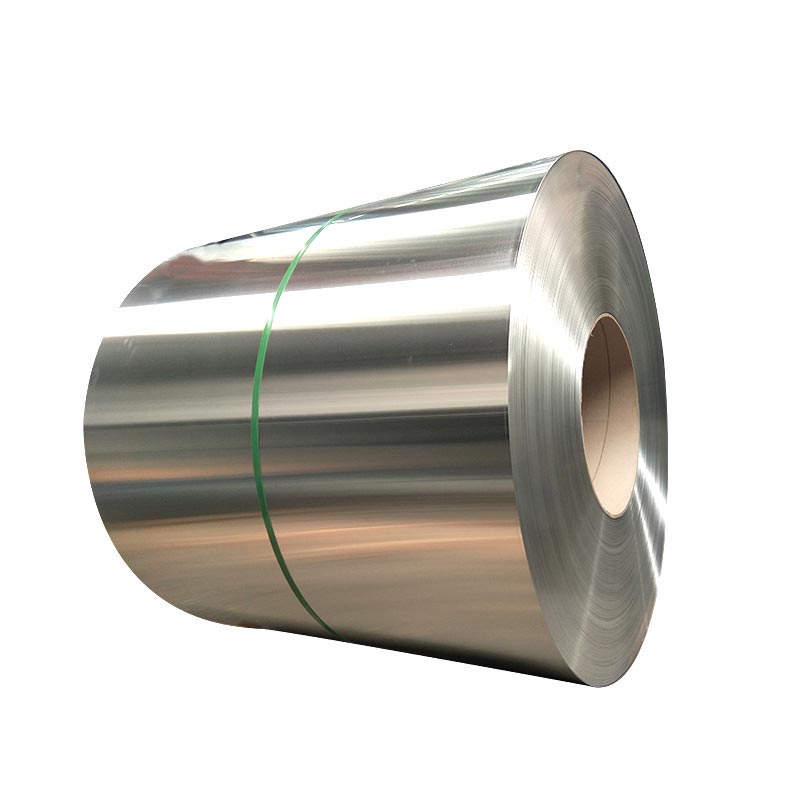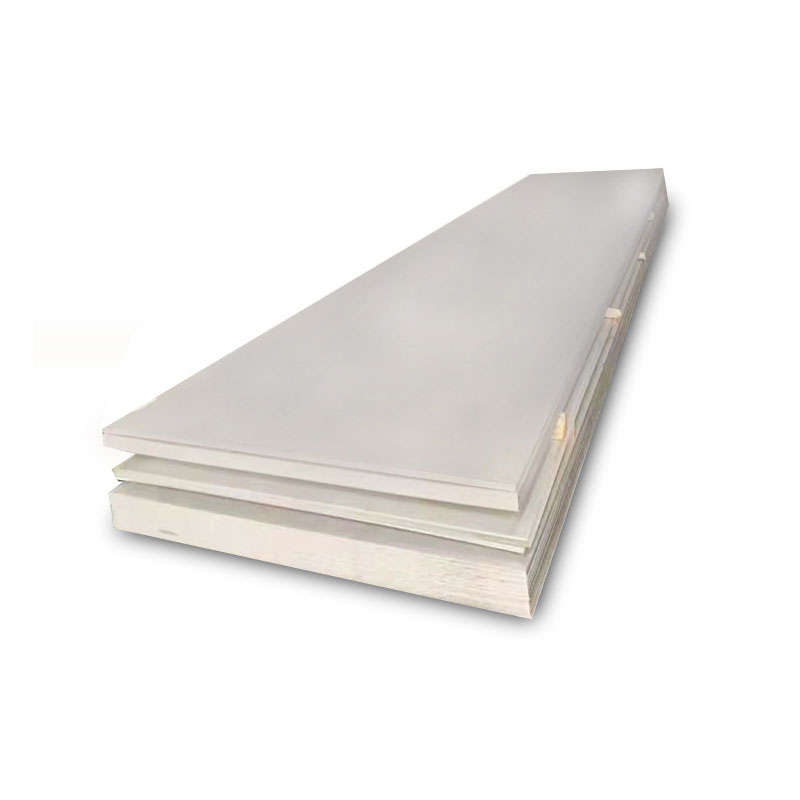What are the measurement methods for straightness of 316L stainless steel?
What are the measurement methods for straightness of 316L stainless steel?
To verify the logical correctness of the algorithm for the straightness measurement system of 316L stainless steel, a comparison was made between traditional contact measurement methods and the measurement method of this system.
First, the straightness of 316L stainless steel was measured using traditional contact methods. Common contact measurement methods include the wire method, displacement sensor method, and lever method. This study used the dial indicator contact method to measure a 316L stainless steel with a length of 0.5 meters and a diameter of 25mm. The entire measurement system consisted of a lathe, a movable tool holder, a dial indicator, and the 316L stainless steel to be measured. The 316L stainless steel was fixed using the lathe chuck, which prevented any lateral or longitudinal movement and ensured the 316L stainless steel remained in a horizontal state. The dial indicator was fixed on the movable tool holder, and the dial indicator pointer was brought into contact with the surface for calibration, setting the initial value of the dial indicator to zero.

After completing the above steps, the tool holder was moved along the generatrix of the 316L stainless steel surface for measurement, and the recorded value represented the straightness error of this generatrix. Similarly, the straightness errors of other generatrices of the 316L stainless steel were recorded at 10-degree intervals, and the maximum value was taken as the straightness error. By measuring the straightness errors of multiple generatrices using this method, the axis straightness error was estimated, and the obtained straightness error value was 0.262 mm.
Next, the method designed for this system was used for measurement. The camera and the 316L stainless steel were positioned such that the 316L stainless steel was imaged along the axis of the optical imaging system, with the camera perpendicular and directly facing the 316L stainless steel. Multiple cross-sectional images of the 316L stainless steel were captured. Then, the algorithms designed for this system, including edge detection, calculation of pixel coordinates for the axis of the 316L stainless steel, least squares evaluation algorithm, and system calibration, were applied to process the images of the 316L stainless steel, enabling the evaluation of its straightness error.
- Analysis of Causes for Internal Folding in 310S Stainless Steel
- What Are the Application Ranges of 304 Stainless Steel?
- Differences in Wall Thickness Tolerance Control Methods Between Stainless Steel Tube and Stainless Steel Seamless Tube
- What Problems Are Prone to Occur When Cutting 304 Stainless Steel Sheet?
- How to Deal with Decarburization of 304 Stainless Steel Sheet?
- Special attention must be paid to these issues during the welding of stainless steel tubes













